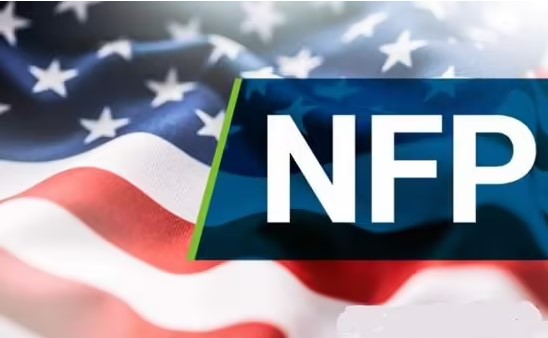What Is NFP Report
The non-farm payrolls report is one of the most-anticipated economic news reports in the forex market. It is published the first Friday of the month at 8:30 a.m. Eastern time by the U.S. Bureau of Labor Statistics (BLS).
The headline data point is the non-farm payrolls number. It is a measure of how many net new jobs are added to the U.S. economy each month. The figure is a key economic indicator for the United States economy.
Along with the NFP figure are data on unemployment, which sectors are hiring or firing employees, the average number of hours worked, the average hourly earnings, and a few other key metrics of employment. The NFP number is considered the most important release and the headline number of the monthly report, with many traders focusing solely on the NFP number.

Why Is The NFP Report Important
The NFP report is so important because it is a reading of the core fundamental conditions that drive the U.S. The United States. is a consumer-driven economy, labor market health and wage gains have a direct impact on consumer health. When more people are working, when wages are rising, when employees are confident, and labor markets are tight the consumer if flush with money. When the consumer is flush with money, it is more comfortable spending on things it needs, services it likes, luxuries it cant resist, and that fuels the broader economy.
In addition, as America is the worlds largest economy and the US dollar is the global reserve currency, the monthly release of the NFP is a focal point of all market participants, from independent speculators right through to investment banks, multinational corporations and central banks.
How to Trade NFP Report
As the NFP Forex publication is often a cause of increased volatility in the currency market, real trading opportunities are present in the markets around this particular event. NFP trading can be extremely lucrative but also extremely dangerous if the trader does not know exactly what to do and does not follow a well-established and tested plan. There are both both short-term and long-term trading strategies:
Long term strategy
By far the most effective way of using the NFP for trading is from the long-term perspective. Basically what you are doing is using the NFP to determine or confirm the trend, changes in trend, and major turning points in the market. If the NFP is trending positively and showing signs of strength ie trending above the 12-month average then the fundamental trend of the market is bullish.
In this case, it is advisable to follow only bullish signals when they are presented on a price chart. Price corrections and pull-backs to support levels are often opportune entry points for longer-term style trades.
Short term strategy
If you’re looking to trade the NFP short term, you can either take a position just before the report is published, or just after.
When taking a position just before the release, consider trading a breakout strategy. Breakout strategies consists of establishing a range around the price just before the NFP report on an M5 chart in order to be able to capture any movement breaking this range upwards or downwards.
When taking a position just after the release, consider a momentum NFP strategy. The momentum strategy consists of following the momentum of the market at the time of publication and staying in this movement as much as possible, while adding positions as the market continues to move in the direction of your initial position.
Conclusion
The NFP report is without a doubt an important monthly data point. The report is widely followed by all types of market participants, including retail traders, investors, hedge funds, and even the Federal Reserve which makes adjustments to its monetary policy based on the trend in the NFP.
Paying attention to key data updates such as the monthly NFP ensures that you can continuously hone your trading strategy to reflect the latest events. So, keep your eye on the key market dates that may affect the assets you trade.
